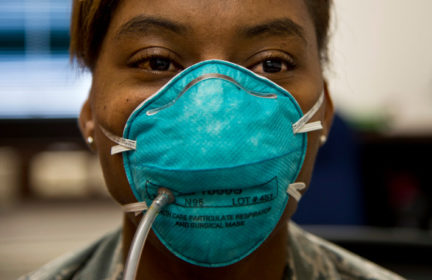Short sighted, myopic or smart? – the need to carry eye protection and particulate masks
Short Sighted, Myopic or just Smart?
When California decided to go up in flames one of the commonest scenes was people fleeing the fires many of these victims found themselves struggling to SEE as they fled, Soot, Smoke, Red hot cinders, Volatile organics from burning fuel and melting plastics all contributed to leave people struggling to SEE.
When the same scenario unfolded in Australia torching homes and millions of eucalyptus trees which in turn released huge amounts of hot vaporized oil that burnt everything.
Equally many of these very same people found themselves struggling to breath as dust, soot, embers, smoke, particulates etc that entered their airways from the conflagration that was everywhere around and above them..
Lets move to 911, The Towers burned then collapsed throwing tens of thousands of tons of FILTH, debris, particulates, smoke, burning oils, plastics, insulation, concrete dust, powdered glass, toxic materials etc blinding and choking the fleeing survivors of that tragedy
When multiple bombs ( be they car, truck, rucksack or other) are detonated in our towns or cities throwing toxic debris into the air as people try to escape.,
When that freight train carrying volatiles derails and explodes launching up to 15 thousands tons of burning heavy oil into the air in your community.
When the hotel or tower block you are in bursts into flames and the corridors fill with smoke and soot.
When 500,000 tons of abandoned fertilizer exploded in Beirut vaporizing concrete buildings for ½ a mile and converting thousands of glass windows into supersonic abrasive powdered grit.
When a massive drought triggers dust storms in the US, Australia or the Middle east lifting millions of tons of soil or sand into the air turning day to night with choking particles that sweeps through your township.
When your local volcano belches a few million tons of ASH, Sulphers, C02 and other nasties 30,000 ft into the air only for it to fall and blanket your town with 2 ft of ash.
When the air stops circulating over cities like Beijing and the pollution levels rocket to a point you cannot see 500 yards and the air stings your throat.
Dont you honestly think that carrying Eye protection and particulate masks in your kit makes sense??
Come on folks FIND the space in your gear, your life could depend on it.
-
Comments (20)
-
